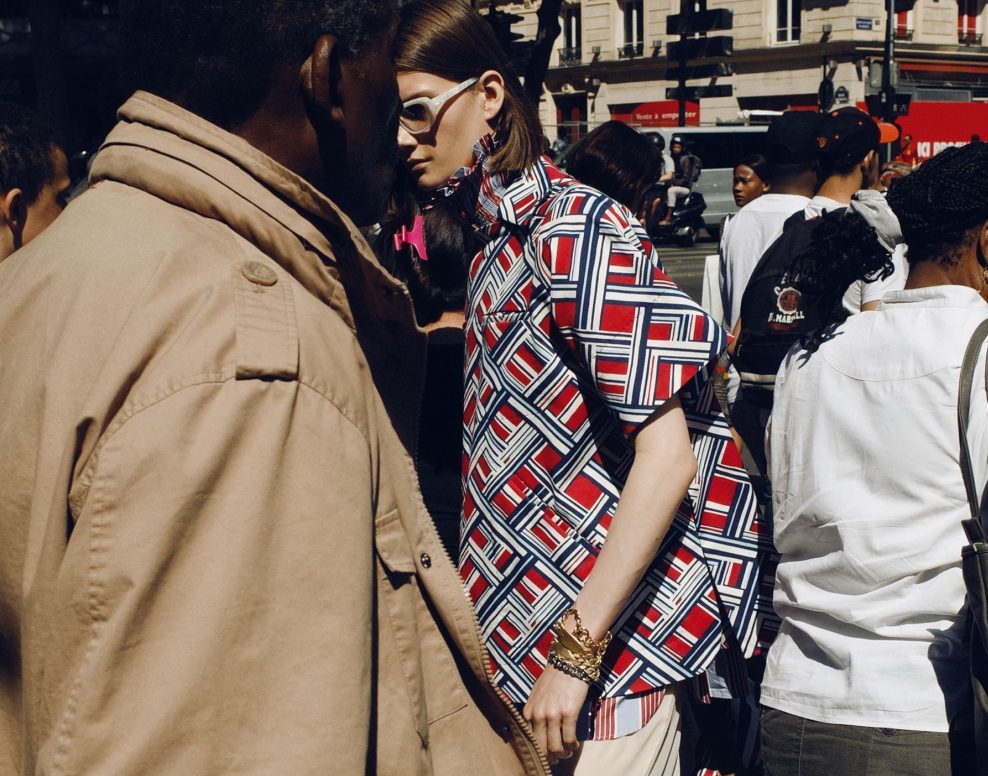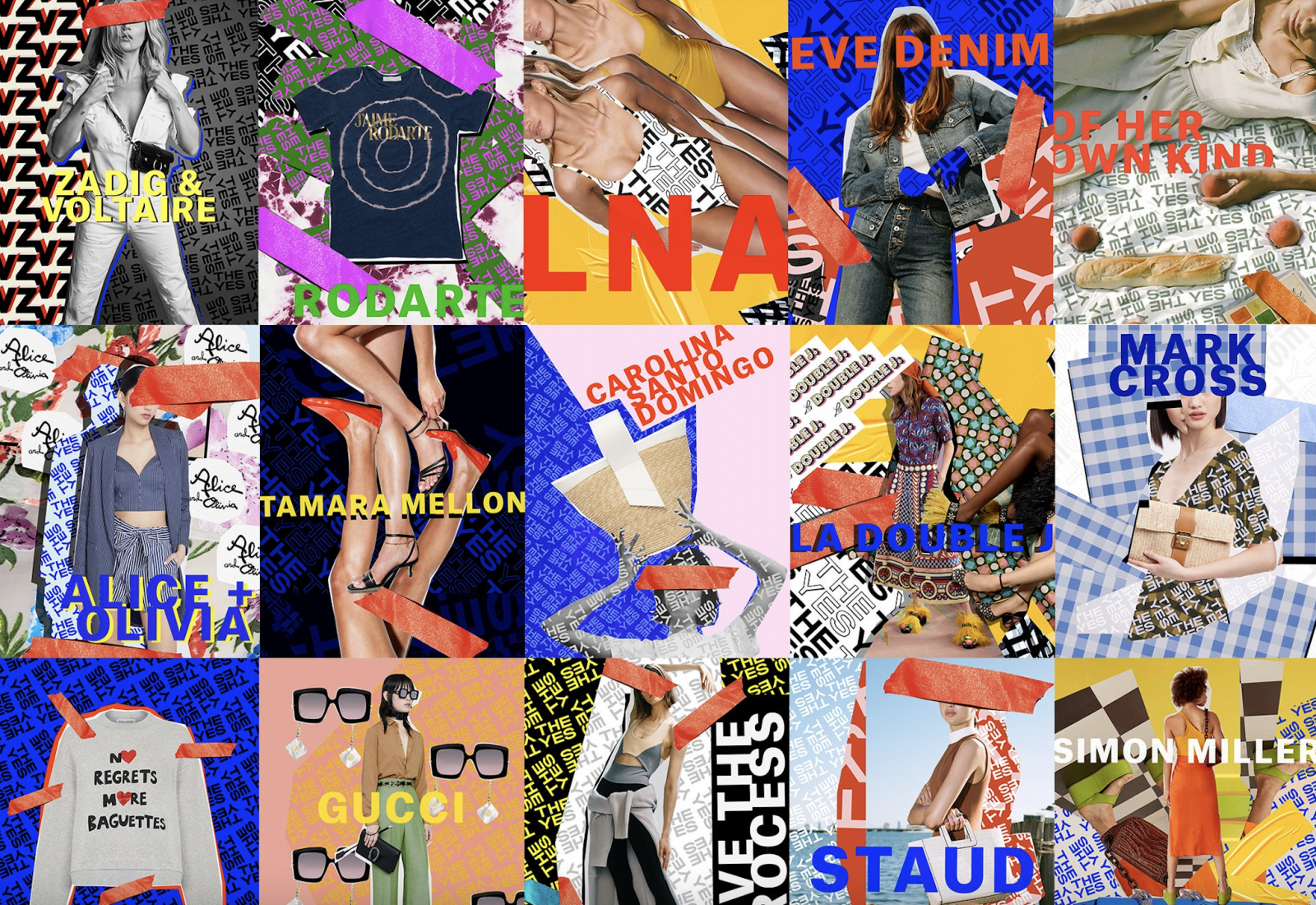Nike lodged a first sale-centric briefing in a since-partially-settled case that centers on a third party’s customization of Nike’s popular Air Force 1 sneakers. On the heels of Judge John Holcomb of the U.S. District Court for the Central District of California directing Nike and Defendant Customs By Ilene d/b/a Drip Creationz to “provide briefings applying the ‘first sale’ doctrine test in light of Bluetooth SIG Inc. v. FCA US LLC, and other applicable Ninth Circuit precedent,” Nike pushed back on the defense, arguing in its supplemental briefing that despite its relevance in Bluetooth, it is not applicable in the case at hand, in which it accused Drip Creationz of selling previously authentic Nike sneakers, which it “materially alter[s] … in ways that Nike never approved or authorized.”
At a high-level, Nike claimed that: (1) The holdings in Bluetooth are inapplicable to this case because Bluetooth involved “incorporated” products, not altered products; (2) in cases involving altered products, like this one, the Ninth Circuit evaluates the first sale doctrine by considering “material differences” between the altered product and the original trademark-bearing product; and (3) Drip Creationz’ first sale defense fails as a matter of law either under the “material differences” test for altered products or the Bluetooth test for “incorporated” products.
First Sale Snapshot: The first sale doctrine generally allows for the resale of trademark-bearing items – without the trademark holder’s authorization – after the items have been released in the market by the trademark owner or authorized entity. Not without limitations, the first sale doctrine does not apply when the item that is resold is “materially different” from the one initially sold by the trademark holder.
Material Differences & Disclosures
Delving into its first sale assertions, Nike stated that the court’s holding in Bluetooth does not apply to this case because that case involved “a fundamentally different type of trademark infringement.” In Bluetooth, Fiat Chrysler Automobile, incorporated Bluetooth-enabled head units into its cars and then used Bluetooth’s trademarks to “refer” to the Bluetooth-enabled head units, prompting infringement claims from the wireless technology-provider. Nike asserted in its August 25 brief that “the only issue before the Ninth Circuit was whether Fiat Chrysler had adequately disclosed its relationship with – and qualification to use – Bluetooth technology, and thus, the Ninth Circuit never considered the issue of “material differences” because the head units incorporated into Fiat Chrysler cars were undisputedly unaltered.
Unlike Bluetooth and the cases cited therein, Drip Creationz “did not ‘incorporate’ a trademarked product as a ‘constituent’ into a new product, and then use Nike’s word or logo marks to ‘refer’ to the incorporated Nike product,” the Beaverton, Oregon-based sportswear titan contended. Instead, Drip Creationz purchased Nike sneakers bearing its trademarks and physically altered the sneakers by painting them, ironing vinyl decals and/or sewing new fabrics onto them, and removing and reattaching the Swoosh logo. More than that, Drip Creationz also added third-party designs and branding that Nike had never authorized (e.g., Chick-fil-A branding) before reselling these altered sneakers complete with Nike’s source-identifying trademarks.
“This is an entirely different type of infringement than what the Ninth Circuit addressed” in Bluetooth and other cases, counsel for Nike maintained. “In cases like this one, where the allegedly infringing products are altered products, rather than ‘incorporated’ ‘constituent’ products,” Nike stated that the Ninth Circuit analyzes the first-sale doctrine by considering whether the alterations at issue are “material.” As the Central District of California has explained, “the resale of a materially altered product constitutes trademark infringement because the product is not genuine and may cause confusion regarding the product’s source or quality.” In other words, the first sale doctrine “does not apply … when an alleged infringer sells trademarked goods that are materially different than those sold by the trademark owner.”
Even when the Ninth Circuit does not expressly use the word “material,” Nike stated that the analysis is the same. It cited Rolex Watch, U.S.A., Inc. v. Michel Co., in which the Ninth Circuit held that the first sale doctrine did not apply because “[t]he alterations that [the defendant] makes to the used Rolex watches … are so basic that they result in a different product.” Meanwhile, in Karl Storz Endoscopy Am., Inc. v. Surgical Techs., Inc., the Ninth Circuit similarly rejected a first sale defense because a “reconstructed product still bearing the original manufacturer’s trademark” that is altered to the extent that it is “a different product than that of the original manufacturer” causes confusion.
More broadly, Nike stated that “many other circuits” – including the First, Second, and Tenth – similarly consider “material differences” when considering the applicability of the first sale doctrine cases involving altered and resold products. And for these reasons, Nike argued that the court should approach the first sale doctrine in this case by evaluating whether the alterations made by Drip Creationz are “material,” which it (correctly) claims they are.
Even if the first sale defense were applicable in the case at hand, such a defense would not shield Drip Creationz from liability since the defendant does not make sufficient disclosures to prevent consumers from being confused as to the nature/source of the altered sneakers. Nike held that Drip Creationz previously pointed to statements on its website that the sneakers are “customized”; that it is “not affiliated with any other shoe company or brand”; and that “[e]very shoe is lawfully bought at full retail, we then put our own custom artwork on shoe and sell.” The problem with that, per Nike, was that “none of these disclosures could possibly prevent consumer confusion in the post-sale environment.”
Relying on Au-Tomotive Gold, Inc. v. Volkswagen of America and Levi Strauss & Co. v. Blue Bell, Inc., in which the Ninth Circuit held that “point of sale materials,” like tags and disclaimers, “are removed by the purchaser” and “have no confusion obviating effect” in the post-sale context, Nike claimed that Drip Creationz’ altered sneakers “display no indication visible to the general public that the items are not associated with [Nike].” The altered sneakers “do not specify anywhere on the sneakers that they were made by Drip Creationz.” And still yet, Drip Creationz did not “inform its customers that it had added third-party designs never authorized by Nike (e.g., Chick-fil-A branding).”
All the while, Nike asserted that it had alleged trademark infringement based on post-sale confusion, i.e., that consumers seeing Drip Creationz’s altered sneakers in a post-purchase context (e.g., on the street) would be confused into believing that Nike authorized those designs.
The State of the First Sale Doctrine
The case at hand, while now largely settled (Nike nabbed a consent judgment and permanent injunction), is still notable as it falls neatly in line with a number of lawsuits that have put the first sale doctrine under the microscope, which is particularly relevant amid the enduring rise of the secondary market. Worthy of attention, many of these same cases – from the ones that Chanel has waged against resellers like The RealReal and What Goes Around Comes Around to Nike’s NFT-centric case against StockX – are “likely to have [a] big impact in shaping the future of the defense,” Alexandra Roberts, a trademark professor at Northeastern University School of Law, stated recently.
On one hand, cases appear to continue to broaden the scope of the first sale doctrine to some extent, with the Ninth Circuit holding in Bluetooth, for instance, that the first sale doctrine applies when a trademark-bearing component is incorporated into a new product. In that case, the court relied on the Supreme Court’s ruling in Prestonettes v. Coty and its own decision in Enesco Corp. v. Price/Costco Inc. to find that the applicability of the doctrine goes beyond the mere “stock[ing], display[ing], and resell[ing]” of a trademark-bearing product, and may extend to situations where a trademark-bearing product or component is incorporated into a new end product. The caveat is that such activity is permissible “so long as the seller adequately discloses how the trademarked product [or component] was incorporated.”
Hardly the first cases to push the bounds of the first sale doctrine, the Bluetooth case came more than ten years after Zino Davidoff S.A. v. CVS Corp., in which the Second Circuit affirmed the grant of a preliminary injunction for COOL WATER fragrance-maker Davidoff on the grounds that the removal of UPC labels from product packaging constitutes a material difference from the genuine goods since such labels can play a critical role in companies’ anti-counterfeiting and quality control measures. In siding with Davidoff, the Second Circuit “added to the scope of ‘material’ differences when comparing gray goods to their authorized counterparts,” Finnegan’s Mark Sommers and Naresh Kilaru wrote at the time, noting that “previous cases dealing with material differences have, for the most part, focused on differences in product quality (e.g., re-formulations or re-tooling of products to suit local tastes, preferences, or standards) or other differences i.e., such as service warranties.”
On the other hand, plaintiffs are readily pushing back against the first sale defense, including by way of increasingly expansive views of the “material differences” exception. Brands are adopting broad definitions of things like “counterfeit” and “materially different” in furtherance of their attempts “to maintain their market share in the wake of emerging secondhand luxury retailers like The RealReal,” Julie Tamerler asserted in her article, “The Ship of Theseus: The Lanham Act, Chanel and the Secondhand Luxury Goods Market.”
In connection with the trademark case that it is waging against StockX, for example, Nike has paid a fair amount of attention to the terms under which StockX offered up non-fungible tokens tied to tangible Nike sneakers, presumably in furtherance of an early effort to chip away at the inevitable first sale argument that StockX would make. (Since filing suit, Nike also added a counterfeiting claim to the mix, thereby, doing away with the viability of a first sale defense if the goods are, in fact, fake.) Meanwhile, in the since-settled suit that it filed against Crepslocker, Chanel seemed to be looking to sidestep the defendant’s first sale arguments by way of its claims that the London-based reseller was offering up Chanel branded products in conditions that were materially different from – and thus, damaging to – its wildly valuable brand image. Chanel took issue with the product packaging utilized by the reseller, the sale of its sought-after handbags online, and the reseller’s no-return policy and its requirement that consumers pay via PayPal (and not credit card), among other things, which Chanel argued diverge from the way it conducts business.
“While the definition of ‘materially different’ appears to be simple on [its] face,” Tamerler asserts that “the emerging secondhand luxury goods market” is, nonetheless, presenting some “novel trademark challenges” – with the cases at hand being no exception.
The case is Nike, Inc. v. Customs By Ilene, Inc., 5:21-cv-01201 (C.D.Cal.)


